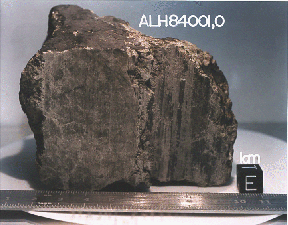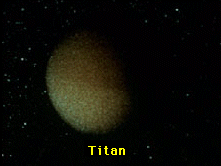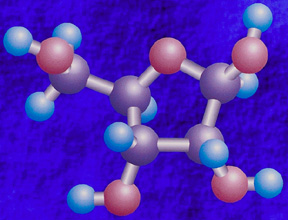Short-eared owl
Click on image for full size
Corel Photography
What is Life?
What is life? Does this sound like a strange question to you? Of course
we all know what is meant by the word "life", but how would you define it?
Do all living things move? Do they all eat and breathe? Even though we
all seem to know what is meant by saying something is
"alive", it's not very easy to describe what "life" is. It's almost as hard as describing where life
came from.
Even the biologists (people who study life) have a tough time describing
what life is! But after many years of studying living things, from the
mold on your old tuna sandwich to monkeys in the rainforest, biologists have
determined that all living things do
share some things in common:
1) Living things need to take in
energy
2) Living things get rid of waste
3) Living things grow and develop
4) Living things respond to their environment
5) Living things reproduce and pass their traits onto their offspring
6) Over time, living things evolve (change slowly) in response to their
environment
Therefore, in order for something to be considered to "have life" as we
know it, it must possess these characteristics.
You might also be interested in:

Jupiter's atmospheric environment is one of strong gravity, high pressure, strong winds, from 225 miles per hour to 1000 miles per hour, and cold temperatures of -270 degrees to +32 degrees (freezing temperature).
...more
In July, 1996, it was announced that Dr. David McKay, along with a team of scientists at Johnson Space Center (a division of NASA), had discovered possible fossils of bacteria in a meteorite named ALH84
...more
Saturn's atmospheric environment is one of strong gravity, high pressure, strong winds, from 225 miles per hour to 1000 miles per hour, and cold temperatures of -270 degrees to +80 degrees. With winds
...more
Titan's atmosphere is a lot like the Earth's, except that it is very cold, from -330 degrees to -290 degrees! Like the Earth, there is a lot of Nitrogen and other complex molecules. There also may be an
...more
Autotrophs are organisms that can "make their own food" from an inorganic source of carbon (carbon dioxide) given a source of energy. Most autotrophs use sunlight in the process of photosynthesis to make
...more
In the warm primordial ocean, aggregates of amino acids, proteins, and other hydrocarbons came together into a form called *coacervates*. Amino acids will spontaneously form coacervates in the same way
...more
Over a very long time, gradual changes in the earliest cells gave rise to new life forms. These new cells were very different from the earlier heterotrophs because they were able to get their energy from
...more














